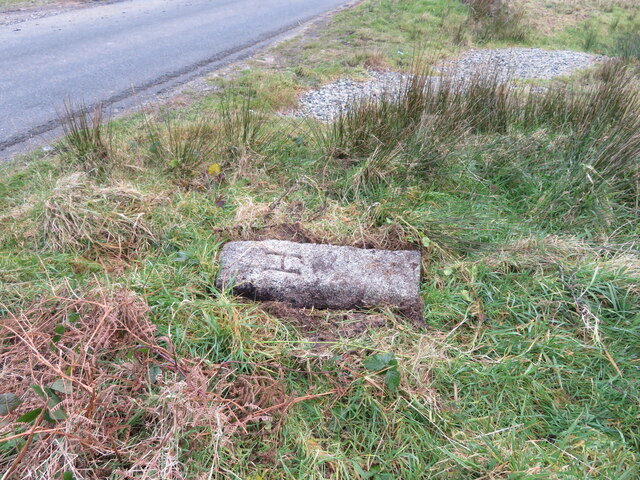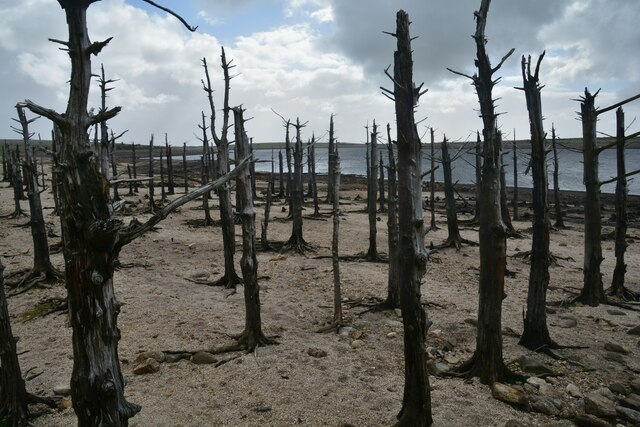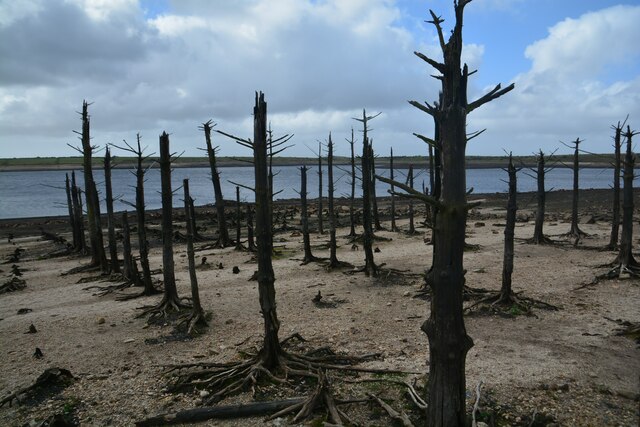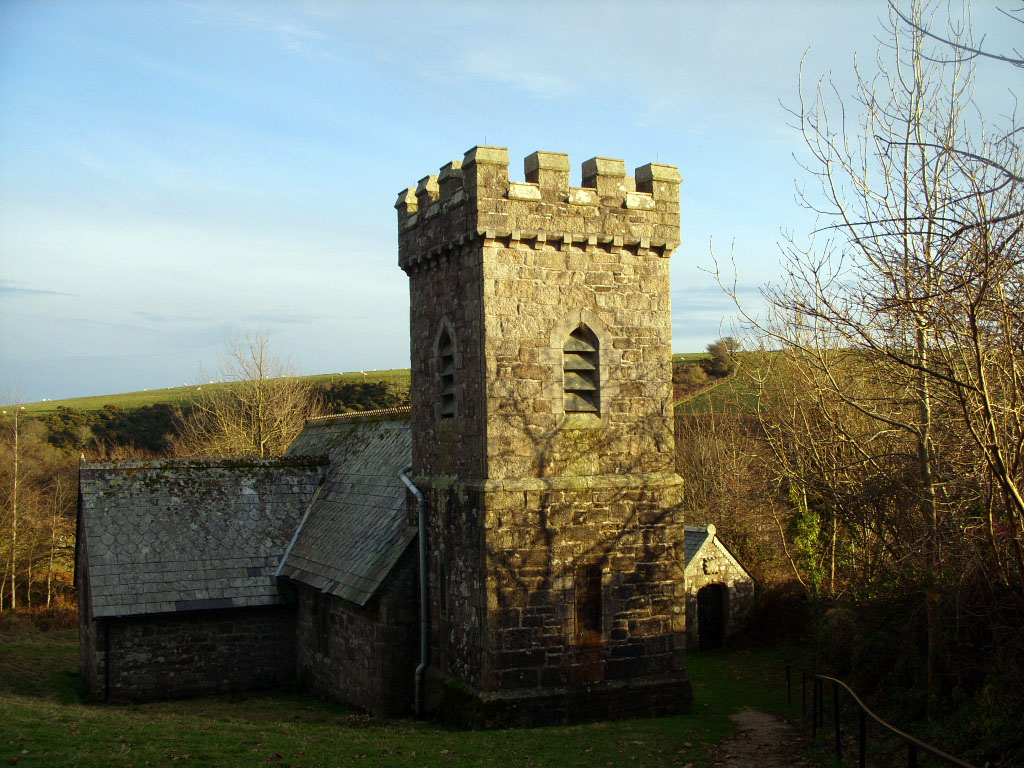Blacktor Downs
Downs, Moorland in Cornwall
England
Blacktor Downs

Blacktor Downs is a picturesque area located in the county of Cornwall, England. It is known for its stunning moorland landscape and is situated near the village of Blacktor, which is in close proximity to the popular tourist destination of Bodmin Moor. The downs cover an extensive area of approximately 500 acres, offering visitors a vast expanse of natural beauty to explore.
The landscape of Blacktor Downs is characterized by rolling hills, rocky outcrops, and expansive grasslands. It is home to a diverse range of flora and fauna, including heather, gorse, and various species of birds such as skylarks and kestrels. The area is also known for its rich archaeological heritage, with numerous ancient stone circles and burial sites scattered throughout.
Visitors to Blacktor Downs can enjoy a range of outdoor activities, including walking, hiking, and birdwatching. The downs offer several well-marked trails, providing visitors with the opportunity to explore the area's natural wonders at their own pace. The panoramic views from the higher points of the downs are particularly breathtaking, showcasing the rugged beauty of the surrounding countryside.
Due to its remote location, Blacktor Downs offers a tranquil and peaceful environment, making it an ideal destination for those seeking a break from the hustle and bustle of everyday life. Whether it's for a leisurely stroll or a more challenging hike, Blacktor Downs is a must-visit destination for nature lovers and outdoor enthusiasts alike.
If you have any feedback on the listing, please let us know in the comments section below.
Blacktor Downs Images
Images are sourced within 2km of 50.531608/-4.6021491 or Grid Reference SX1573. Thanks to Geograph Open Source API. All images are credited.





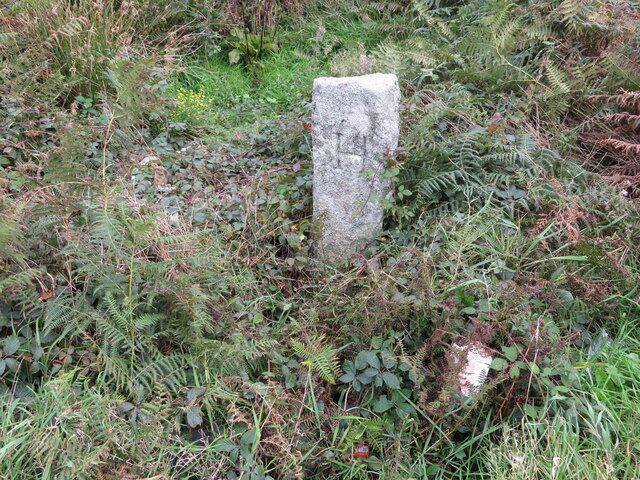
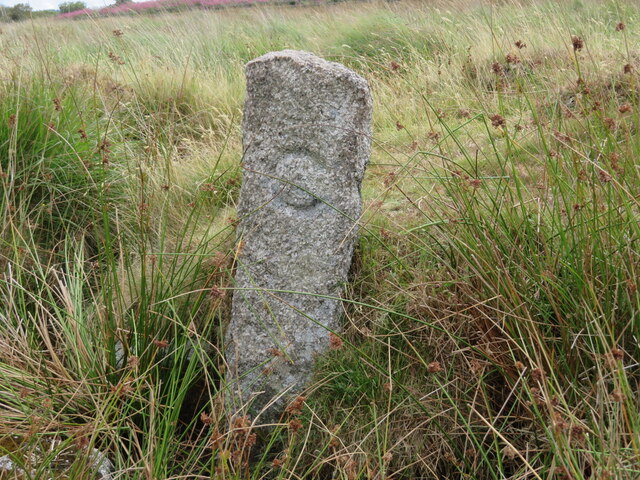

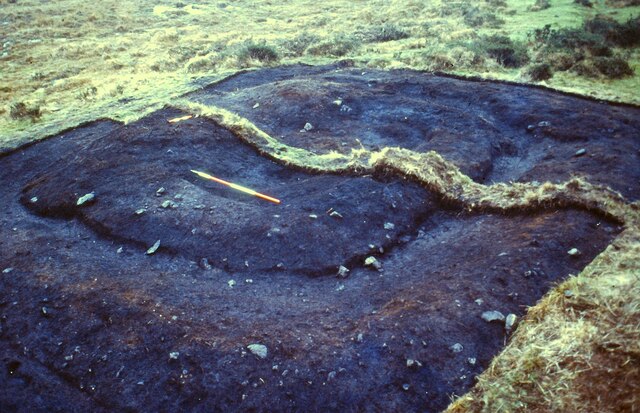

Blacktor Downs is located at Grid Ref: SX1573 (Lat: 50.531608, Lng: -4.6021491)
Unitary Authority: Cornwall
Police Authority: Devon and Cornwall
What 3 Words
///finely.mount.drifters. Near Helland, Cornwall
Nearby Locations
Related Wikis
Temple, Cornwall
Temple (Cornish: Tempel) is a small village and former civil parish, now in the parish of Blisland, on Bodmin Moor, in the Cornwall district, in the ceremonial...
Stripple stones
The Stripple stones (or Stripple stones circle) is a henge and stone circle located on the south slope of Hawk's Tor, Blisland, 10 kilometres (6.2 mi)...
Colliford Lake
Colliford Lake is a reservoir on Bodmin Moor, Cornwall, England, United Kingdom. Covering more than 900 acres (3.6 km2), it is the largest lake in Cornwall...
Cornwall Area of Outstanding Natural Beauty
The Cornwall National Landscape (Cornwall Area of Outstanding Natural Beauty) covers 958 square kilometres (370 sq mi) in Cornwall, England, UK; that is...
Nearby Amenities
Located within 500m of 50.531608,-4.6021491Have you been to Blacktor Downs?
Leave your review of Blacktor Downs below (or comments, questions and feedback).
